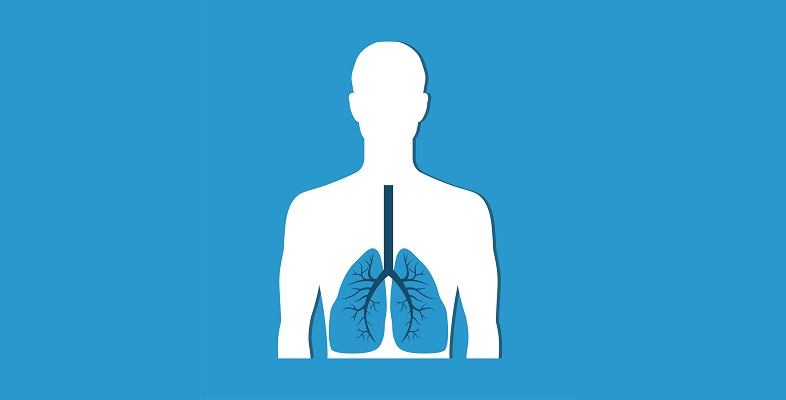2.3 Decompression sickness
If you think back to William Trubridge and his free-diving record in the Introduction, you will recall that he swam up from a depth of 102 metres in just over 2 minutes, a rate of 51 m min−1, without suffering any ill effects on his return to the surface. By contrast, scuba divers are advised not to ascend faster than 9 m min−1 to avoid developing decompression sickness (‘the bends’).
This discrepancy between free-divers and scuba divers lies in the differences in partial pressures of gases that are inhaled under atmospheric pressure and under compression. When you breathe from a scuba tank, the air has the same pressure as the pressure of water at that depth. The pressure of water is much higher than air; for example, at 20 m below the surface of the water, the pressure exerted by water on the body is about three times that experienced on dry land.
The high pressure can cause some of the N2 gas in the air to dissolve into the blood. As the diver swims back up to the surface, the PN2 in the blood is higher than in the surrounding water, so N2 will be released from the blood and into the alveoli to be exhaled. If the change in pressure happens too quickly, the N2 will not have time to be exhaled and instead will form air bubbles (similar to what happens when you open a shaken can of fizzy drink). These bubbles can cause severe pain in joints and muscles and in extreme cases, death due to embolism.
Free-divers experience the same effects of PN2 as scuba divers at deep depths. However, because free-divers are not breathing pressurised air as they dive, their lungs actually get compressed (down to a quarter of their original size) by the high pressure of the water. As the divers ascend, their lungs will slowly expand back to their original volume.
Question 5 Pressure in the lungs
a.
it will increase
b.
it will stay the same
c.
it will decrease
The correct answer is c.
Answer
It will decrease. According to Boyle’s law, P = k/V, so as the volume gets bigger, the pressure gets smaller.
So, as the divers return to the surface, the PN2 in the lungs decreases relative to the PN2 in the blood and N2 diffuses into the alveoli, thereby decreasing the chances that it will form bubbles in the tissue.
